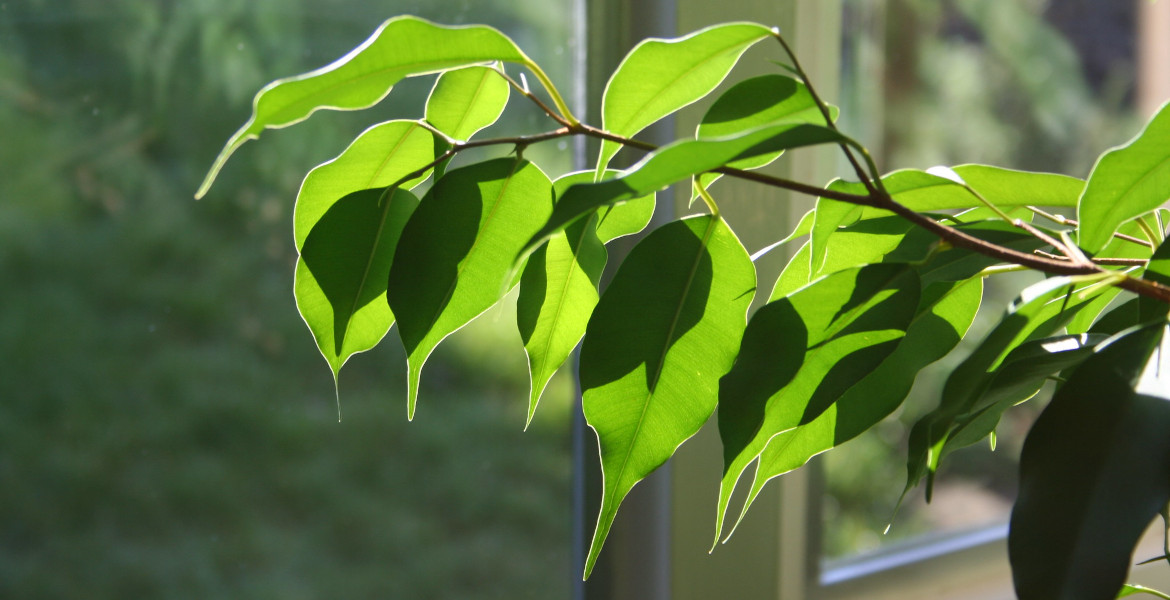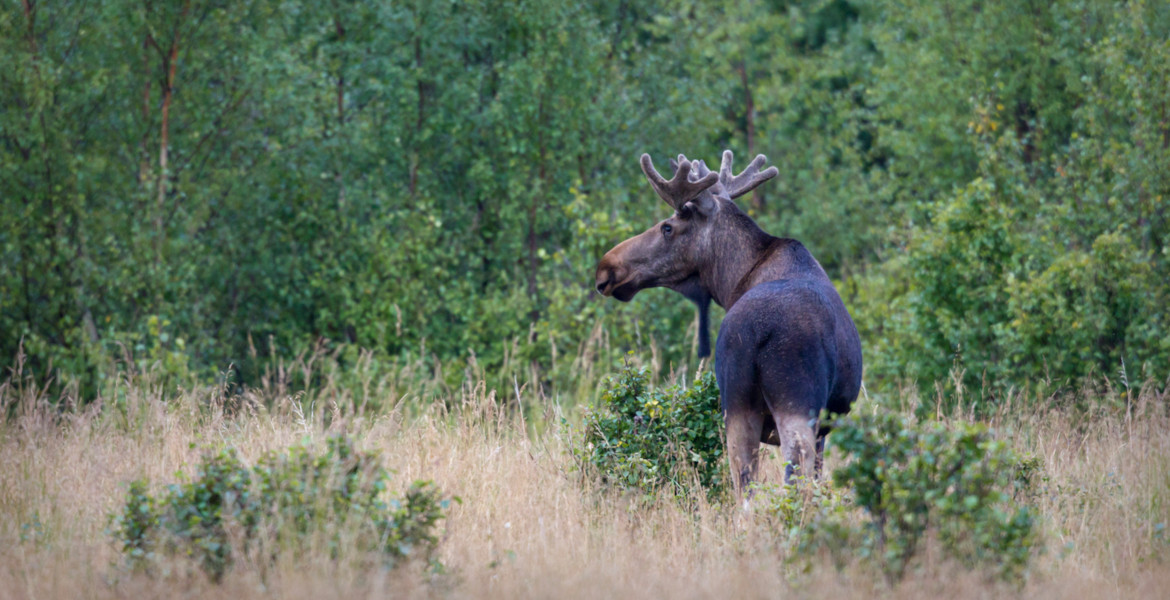Scientists in England have discovered the remains of a 390-million-year-old forest. The fossilised trees, which resemble palm trees, are the oldest ever found.
Fossil forests have previously been found in New York City, USA, including fossils of the fern genus Archaeopteris, estimated to have grown around 386 million years ago. These traces of forests were previously thought to be the oldest found on Earth.
Now palaeontologists from Cambridge and Cardiff Universities have found more examples of early trees in the town of Minehead in England. They are estimated to be around four million years older than those found in the US, making them the oldest traces of forest ever found. The researchers believe that where the coastal sandstone cliffs are now, there was a forest that grew 390 million years ago, according to a scientific paper published in the Journal of the Geological Society.
The forest dates back to the so-called Devonian period, between 419 million and 358 million years ago, when life on land is thought to have begun in earnest. The end of this period also saw the appearance of the first seed-bearing plants and the earliest land animals.
– The Devonian period fundamentally changed life on Earth, said the paper's first author Professor Neil Davies of Cambridge's Department of Earth Sciences in a press release. It also changed how water and land interacted with each other, since trees and other plants helped stabilise sediment through their root systems, but little is known about the very earliest forests.
"A pretty weird forest"
One of the discoveries is Calamophyton, one of the earliest known tree genera, somewhat similar to today's palms. However, the trunks were hollow in the middle and the tree had no leaves but hundreds of twig-like structures. They were also only two to four metres tall. As the trees grew, they shed their branches, leaving lots of plant debris to feed invertebrates on the forest floor. What is also unique about the finds is that they were preserved as they once were.
– It was amazing to see them so near to home. But the most revealing insight comes from seeing, for the first time, these trees in the positions where they grew. It is our first opportunity to look directly at the ecology of this earliest type of forest, to interpret the environment in which Calamophyton trees were growing, and to evaluate their impact on the sedimentary system, said co-author Dr Christopher Berry from Cardiff's School of Earth and Environmental Sciences.
Professor Davies explains that the forests did not look like they do today, there was no grass or other undergrowth. For the first time in Earth's history, plants were able to grow close to the land, and the sediments created by Calamophyton's fallen branches affected the way rivers flowed through the landscape - the first time rivers had been influenced in this way.
– This was a pretty weird forest - not like any forest you would see today, says Mr. Davies.












